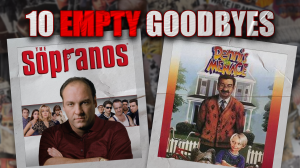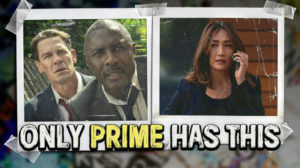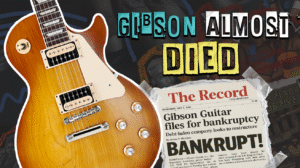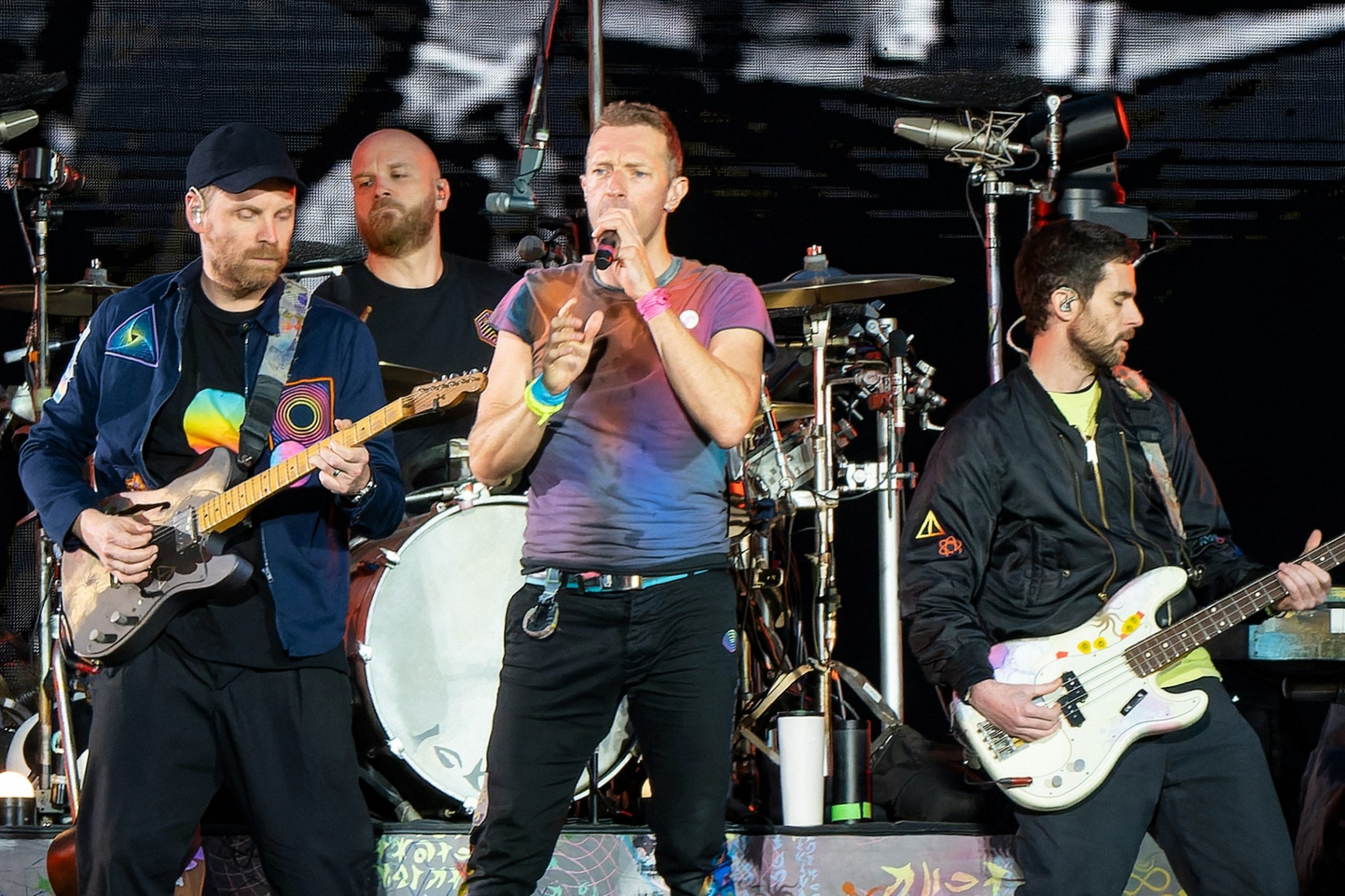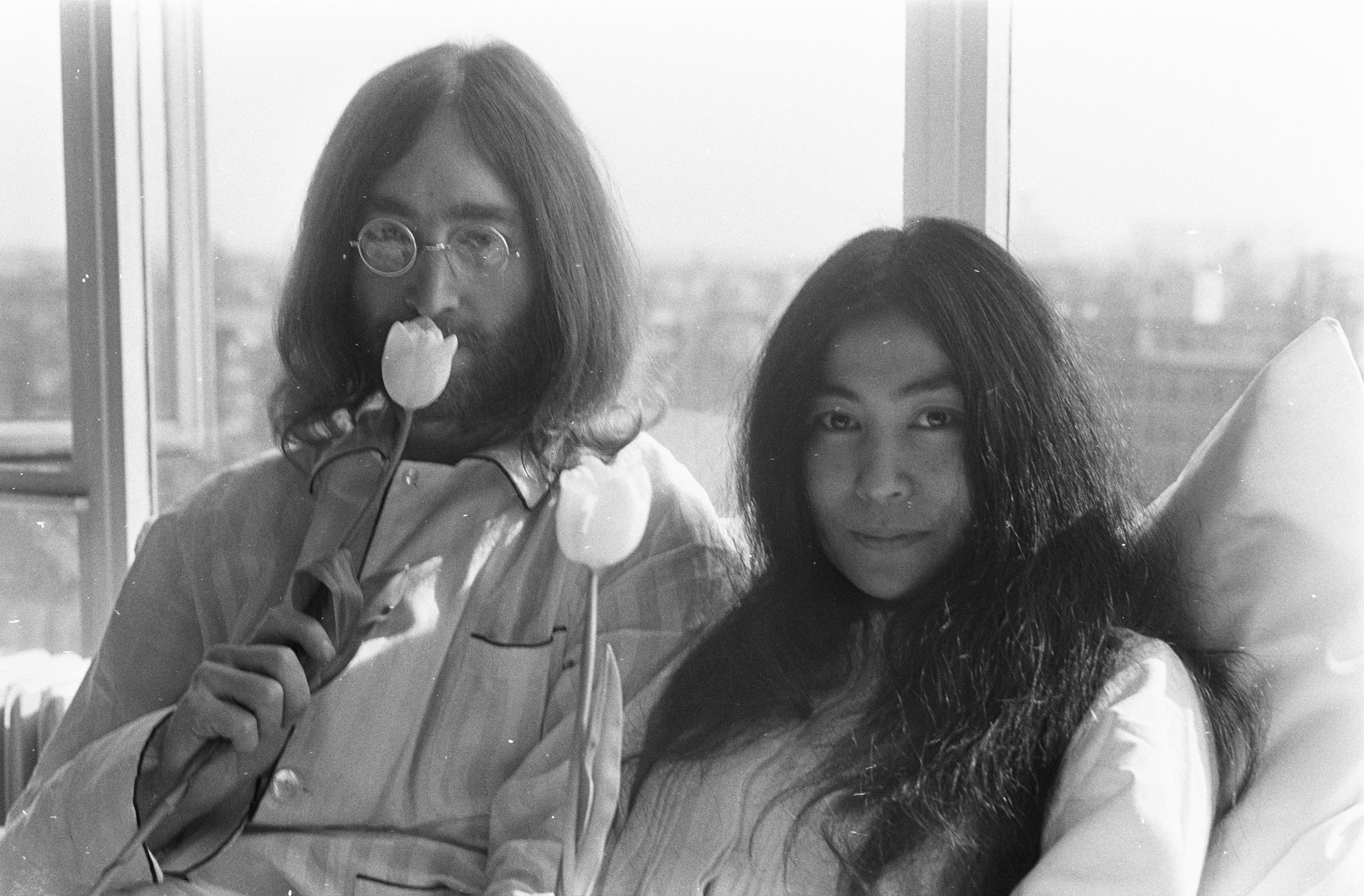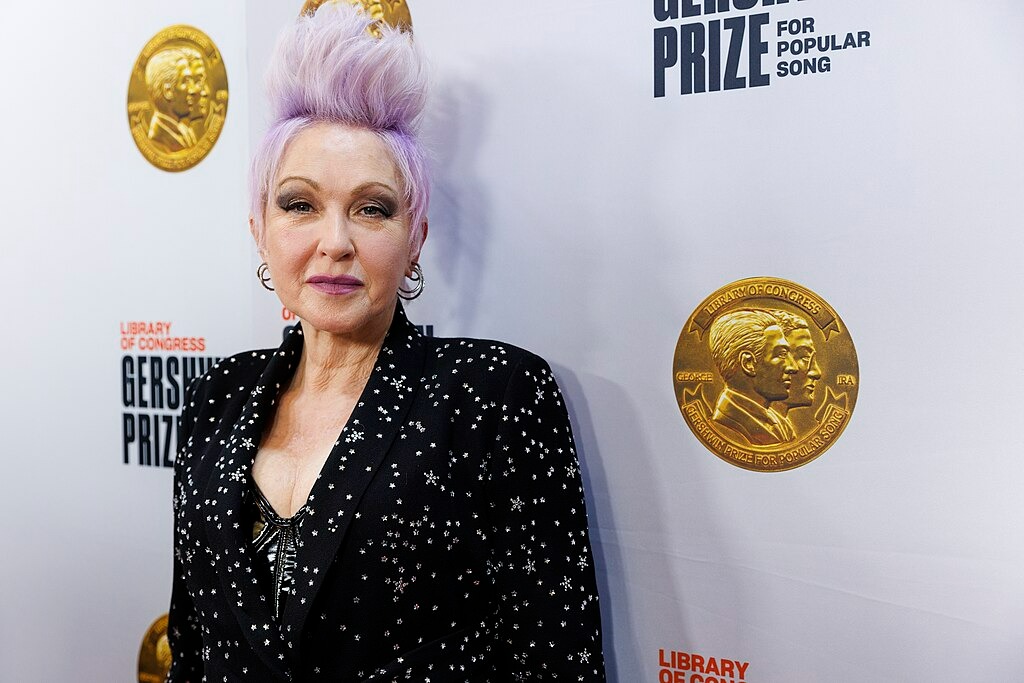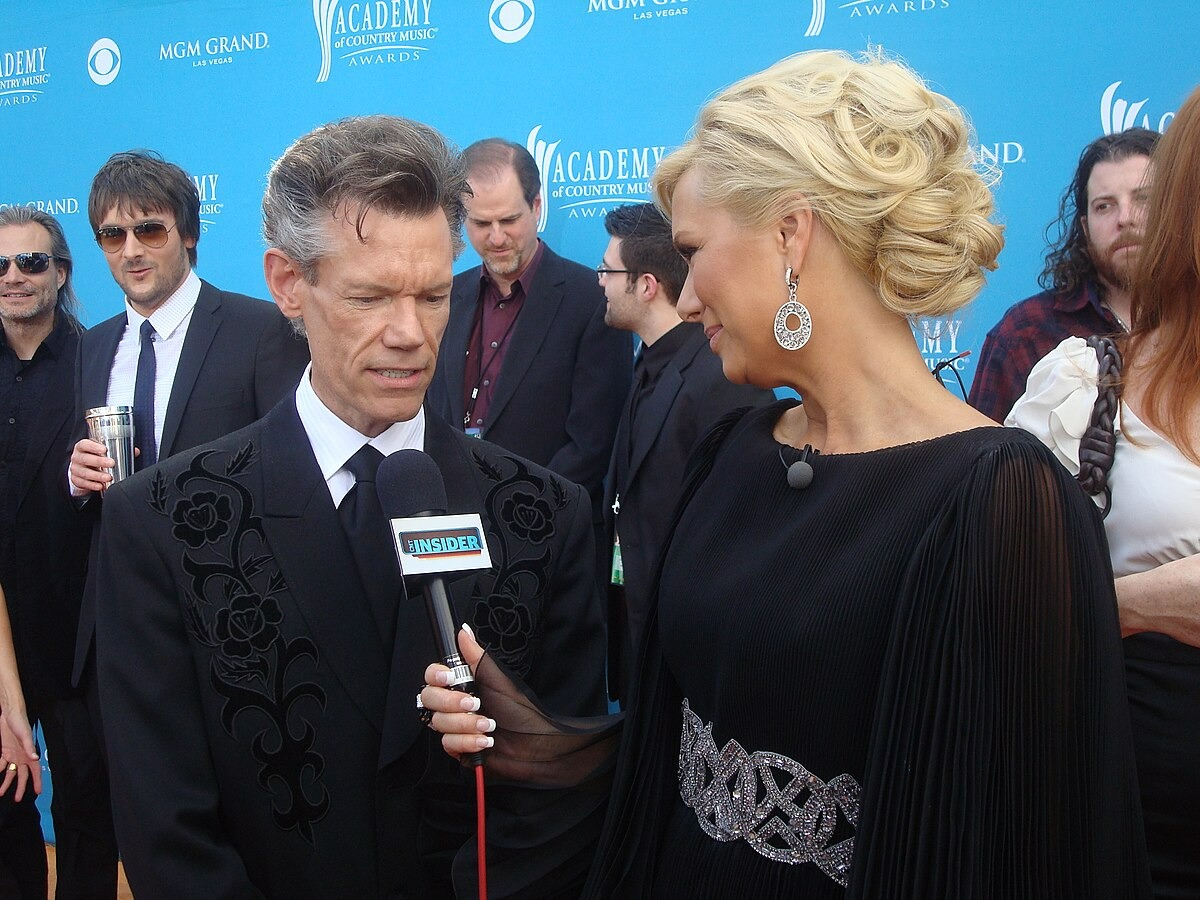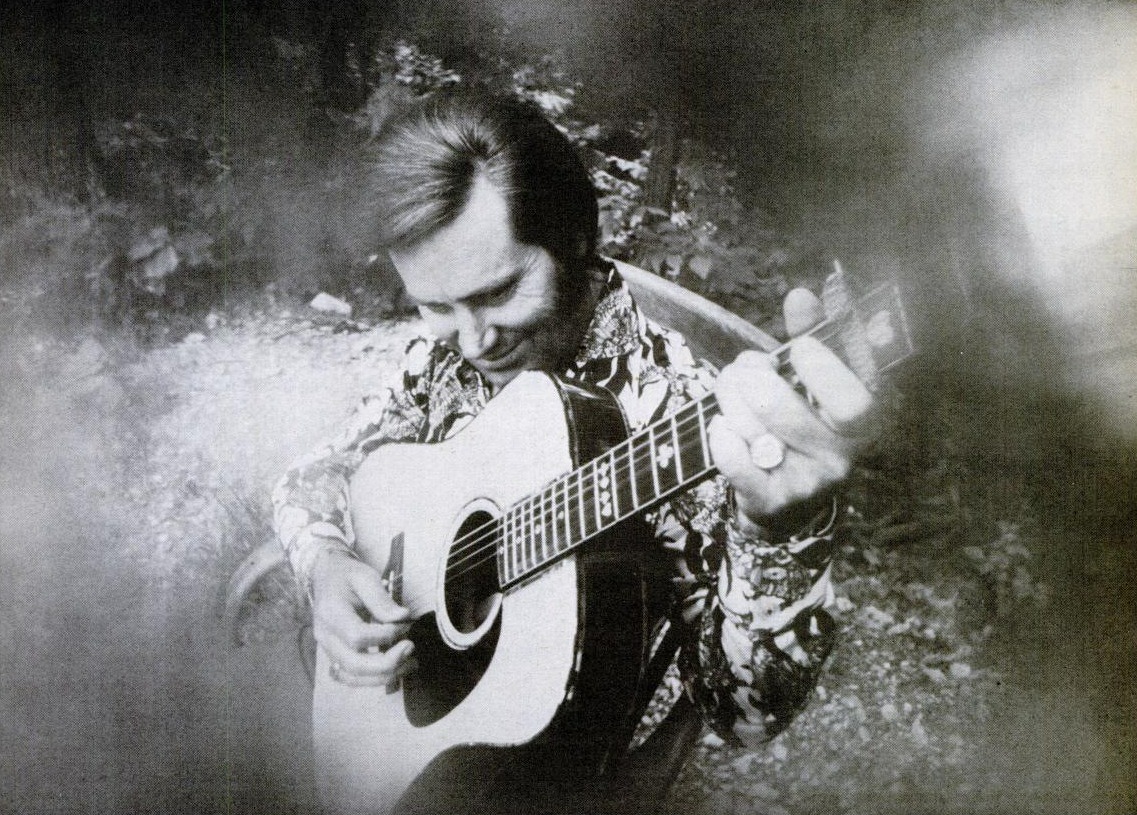
America began the 1960s with its youngest president and ended with footprints on the moon. In between, society transformed. The Vietnam War, Civil Rights Movement, and youth rebellion created the perfect recipe for change. Traditional values crumbled. New ideas flourished. The cultural shifts of this decade mixed together like ingredients in a pressure cooker—eventually, the lid had to blow.
Remember watching those old Sullivan Show clips? The screaming fans nearly drowning out the music? That wasn’t just teenagers gone wild (though parents certainly thought so). Those shrieks were the sound of young people finding their voice. And boy, did they have a lot to say.
15. Hippie Movement

The Hippie Movement offered more than just long hair and tie-dye. It emerged as a direct response to the Vietnam War and consumer culture. Young people rejected American norms. They created alternative communities in San Francisco’s Haight-Ashbury and New York’s Greenwich Village.
These weren’t just kids who refused to cut their hair. They built new social models based on peace, environmental awareness, and spiritual exploration. Watching them was like seeing society’s instruction manual being rewritten in real time (complete with colorful doodles in the margins). Eastern philosophies replaced traditional religion, and controversial substances opened doors of perception—for better or worse.
14. Peace Symbol and Flower Power

The peace symbol became the visual representation for anti-war sentiment. Designer Gerald Holtom created it in 1958 by combining semaphore signals for “N” and “D” (Nuclear Disarmament). Its simplicity made it perfect for protest signs, clothing, and jewelry.
“Flower Power” emerged in 1965 when poet Allen Ginsberg suggested protesters place flowers in gun barrels. This philosophy transformed violent confrontation into peaceful demonstration. Who knew flowers could be rebellious? Hippies decorated everything from VW buses to military tanks with daisies. The contrast packed a punch. Those images of stern-faced soldiers facing hippies putting carnations into rifle barrels remain some of the most powerful visuals of the decade.
13. Mini Skirt

The mini skirt wasn’t just a fashion statement. It was a revolution in fabric form. When British designer Mary Quant dramatically raised hemlines in 1964, women gained a powerful symbol of liberation during a time when gender roles faced serious questions.
Named after her favorite car, the Mini Cooper, these skirts ended inches above the knee. They shocked older generations and thrilled younger ones. Parents freaked. Headlines screamed moral outrage. But the mini skirt spread faster than gossip at a small-town diner. Model Twiggy showcased the look in magazines worldwide, her stick-thin legs making the garments seem even more dramatic. Soon the mini skirt became visual shorthand for women’s growing independence.
12. Bell Bottoms

Bell bottoms traveled from naval uniforms to fashion runways. Sailors originally wore them for practical reasons – the wide legs were easy to roll up when swabbing decks. Fashion designers reinvented them as a youth trend starting in London.
These pants flared dramatically from the knee down. Celebrities like Sonny and Cher helped popularize them in America. Bell bottoms paired perfectly with platform shoes to create a distinctive silhouette. The combo was like walking architecture—structural, eye-catching, and slightly impractical. Try running in platform shoes and bells. Seriously. Don’t actually try it, but imagine the wobbling spectacle.
11. Go-Go Boots

Go-go boots strutted onto the fashion scene in the mid-1960s. French designer André Courrèges introduced these white, low-heeled boots that reached mid-calf. They became instant symbols of the mod style movement.
The boots paired perfectly with mini skirts and mod dresses. Nancy Sinatra’s 1966 hit “These Boots Are Made for Walkin’” cemented their place in pop culture. Finally! Footwear that didn’t require a woman to choose between style and comfort. Go-go boots represented both fashion and female empowerment. They made a statement while allowing women to actually walk—or dance—without toppling over.
10. Tie-Dye

Tie-dye exploded with color across America in the late 1960s. This DIY technique involved twisting fabric and applying vibrant dyes to create unique patterns. No two pieces ever looked exactly alike.
The process was simple enough for anyone to try at home. People gathered for “tie-dye parties” where they transformed plain white shirts into psychedelic masterpieces. Janis Joplin often performed in tie-dyed clothing, helping popularize the style. The bright patterns represented individuality in an era that celebrated personal expression.
Those tie-dye shirts at Woodstock looked like someone had captured a rainbow and wrung it out onto cotton. Everyone wanted to stand out, but they all ended up looking like walking kaleidoscopes. Still, that was kind of the point—uniform in their non-uniformity.
9. British Invasion

The British Invasion rewrote American music. It began on February 7, 1964, when The Beatles stepped off a plane at JFK Airport. Screaming fans greeted them. American music would never be the same.
Other British bands quickly followed. The Rolling Stones, The Who, and The Kinks brought their own styles across the Atlantic. Talk about cultural irony—these British musicians took American blues and rock, reimagined them with British sensibilities, then sold them back to Americans who couldn’t get enough. It was musical recycling at its finest, creating entirely new sounds that dominated radio stations worldwide.
8. Beatlemania

Beatlemania wasn’t just fan enthusiasm. It was a cultural earthquake whose aftershocks still resonate today. When The Beatles appeared on The Ed Sullivan Show in February 1964, an estimated 73 million Americans watched – roughly 40% of the U.S. population.
Their concerts featured frenzied fans screaming so loudly that even the band couldn’t hear themselves play. Young women fainted in their presence. Hotels removed furniture from rooms where the band stayed to prevent souvenir hunters. Beatlemania was like a theme park ride designed by sociologists—thrilling, slightly terrifying, and revealing volumes about human behavior. It concentrated youth culture’s energy into a phenomenon that changed entertainment forever.
7. Psychedelic Rock

Psychedelic rock emerged in the mid-1960s as artists explored new sounds. Heavily influenced by LSD and other hallucinogens, this genre attempted to capture sensory distortions through music. Bands used unusual instruments, electronic effects, and surreal lyrics.
The Beatles led this revolution with albums like “Sgt. Pepper’s Lonely Hearts Club Band.” The genre reached its peak during the 1967 Summer of Love. The 1969 Woodstock festival showcased psychedelic rock to the world. Some of these songs ran longer than modern TV commercials for anxiety medication—and addressed similar topics. Artists built layered soundscapes that mirrored mind-expanding experiences, whether you were partaking in substances or just enjoying the ride.
6. Surf Music

Surf music rode the waves from California beaches to national radio. It began in the late 1950s but reached peak popularity in the early 1960s. Dick Dale, known as the “King of the Surf Guitar,” pioneered the genre with his distinctive reverb-heavy sound.
The Beach Boys added complex harmonies to create chart-topping hits like “Surfin’ USA.” Their music captured California’s sun-soaked lifestyle. Surf music celebrated youth culture, convertible cars, and endless summers. The carefree lyrics provided perfect escape during uncertain times.
Funny thing about surf bands—half the musicians couldn’t swim, let alone surf. They just bought matching striped shirts and practiced saying “cowabunga.” The music was like audible sunshine, warming listeners even in landlocked states who’d never seen an ocean. This was California selling its lifestyle to America, one catchy chorus at a time.
5. Lava Lamp

The lava lamp bubbled into American homes in 1963—another example of how 60s trends inspired later decades, much like how 9 of the fastest muscle cars of the 1960s built on this innovative spirit.. Inventor Edward Craven Walker designed this groovy decoration after seeing an egg timer made from a cocktail shaker. He combined wax, water, and a light bulb to create a hypnotic visual effect.
Initially called the Astro Lamp before being rebranded as Lava Lite, this affordable décor item (about $20) perfectly captured the psychedelic vibe of the decade. Millions sold as teenagers and college students transformed their rooms into trippy sanctuaries. The lamps worked like a mood ring for your entire room—changing shapes while giving off that distinctive glow that said, “Yes, I’m deep and thoughtful. No, I haven’t done laundry in three weeks.”
4. Blacklight Posters

Blacklight posters transformed ordinary rooms into psychedelic wonderlands. These posters used fluorescent inks that glowed vibrantly under ultraviolet light. The effect was dramatic and immersive.
Developed using inks the Switzer brothers created in the 1930s, these posters featured music icons, political messages, and abstract designs. College dorms and crash pads weren’t complete without them. You hadn’t properly decorated until your walls glowed like radioactive mutants from a B-movie. These posters thrived in dimly lit spaces where young people gathered to discuss philosophy, politics, and why their parents just didn’t understand.
3. Troll Dolls

Troll dolls were among many iconic 60s toys that became cultural staples, reflecting the playful creativity of the era.. Danish woodcutter Thomas Dam created them in 1959 after carving a doll for his daughter. The toys featured wild, colorful hair and impish smiles.
Originally carved from wood, trolls transitioned to plastic for mass production. They gained popularity as good luck charms. Children and adults collected trolls with different hair colors and outfits. These little plastic creatures with gravity-defying hair spread faster than gossip at a high school reunion. Somehow, these ugly-cute figurines captured hearts and shelf space in millions of homes.
2. Chatty Cathy

Chatty Cathy changed how children played with dolls. Mattel introduced this talking doll in 1960. Ruth and Elliot Handler’s creation used an innovative pull-string mechanism to speak phrases. Among forgotten things from the 1960s that would confuse kids today, Chatty Cathy stands out for her simplicity.
Initially offering 11 sayings that later expanded to 18, Chatty Cathy ranked just below Barbie in popularity during the decade. Voice actress June Foray (later famous for Rocky the Flying Squirrel) provided Cathy’s friendly voice. Before Siri and Alexa, there was Chatty Cathy—though her conversation skills were admittedly limited. Pull the string enough times and you’d hear every possible phrase in about two minutes flat.
1. Barbie Dolls

Barbie revolutionized the toy industry after her 1959 debut. Created by Ruth Handler and inspired by the German Bild Lilli doll, Barbie offered girls something entirely new – a doll representing adult possibilities rather than just nurturing play.
Her endless wardrobe and career options showed girls they could be anything. Initially marketed as a fashion model, Barbie soon became a doctor, astronaut, and business executive. The dolls sold millions worldwide during the 1960s. Barbie was like a tiny plastic time capsule of American aspirations—impossibly perfect but surprisingly versatile, with a dream house that most real adults still can’t afford.
Those early Barbies came with tiny fashion magazines and sunglasses that vanished into vacuum cleaners within days. Girls spent hours trading outfits and creating elaborate storylines. Meanwhile, Ken stood around looking handsome but vacantly supportive, much like in many TV sitcoms of the era.




